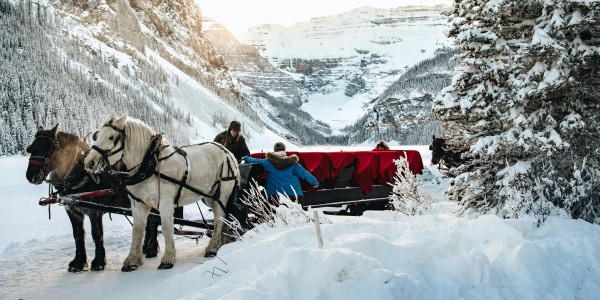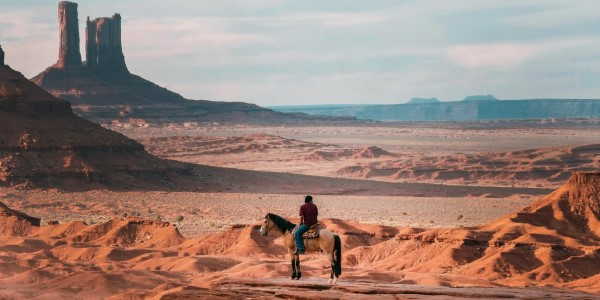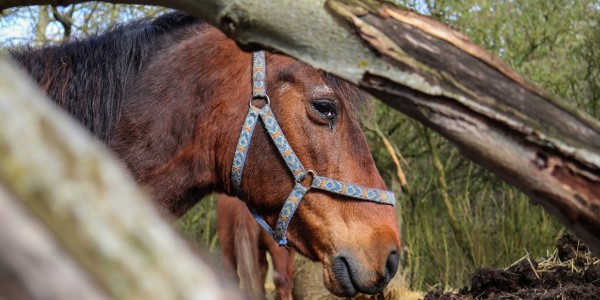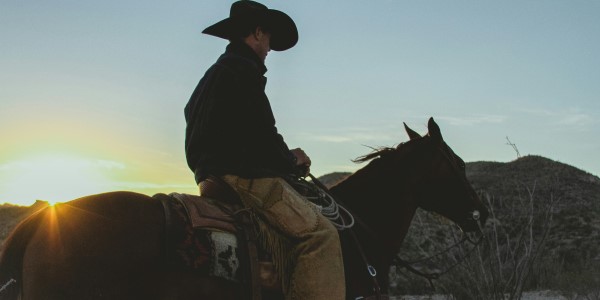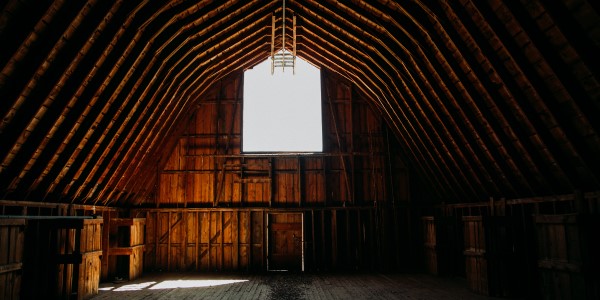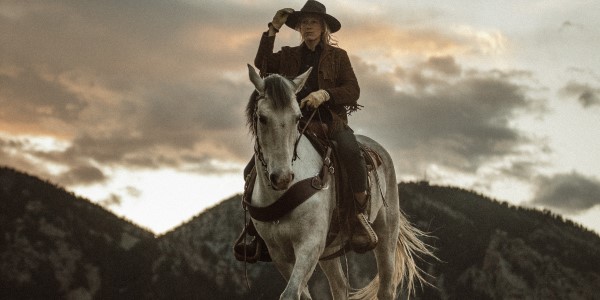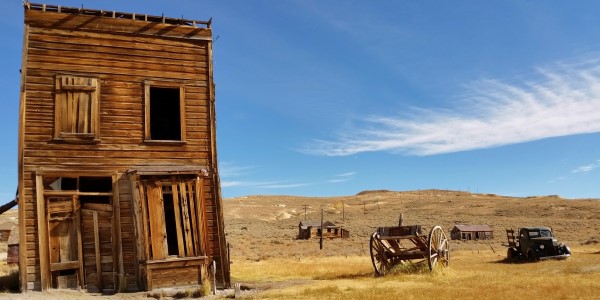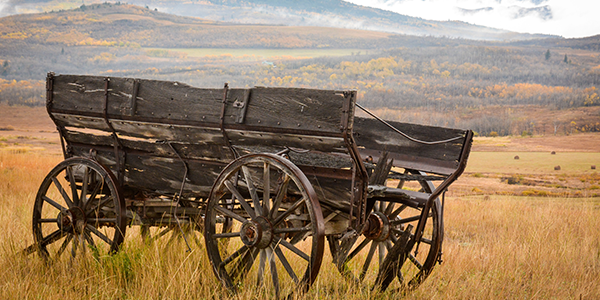In Colorado’s early days, horses played an integral role in shaping holiday traditions. They carried both settlers and their Christmas spirit across the rugged Rocky Mountain terrain. During the late 19th century, as mining towns sprang to life, horses were indispensable for many reasons. Horses helped with delivering mail, goods, and even the occasional Christmas tree to remote communities. With heavy snow, sleighs pulled by sturdy draft horses helped families eager to celebrate the season. Also, if you are looking for a horse property for sale in Colorado, contact Colorado Horse Property today and speak with one of our horse-person realtors.
Christmas Horse Traditions in Colorado
Christmas horse traditions have become a part of parades and community gatherings that united small towns during the holidays. Towns like Durango and Breckenridge often featured horse-drawn wagons festooned with garlands and lights, delivering Santa Claus to eager crowds. These events brought a sense of nostalgia and warmth, creating memories that cemented the horse’s role in Colorado’s holiday culture. Horses pulled carriages through quaint downtown streets. They also participated in reenactments of historic Christmas celebrations, horses provided both practical utility and a touch of magic.
Today, the tradition continues with modern renditions of horse-drawn sleigh rides through snow-dusted valleys. Also, there are festive parades that harken back to those earlier times. Farms and ranches across Colorado invite visitors to experience the timeless charm of holiday sleigh rides, complete with cozy blankets and steaming cups of hot cocoa. These experiences offer a unique way to connect with the past while celebrating the present, showcasing the enduring bond between horses and the holiday season in Colorado.
